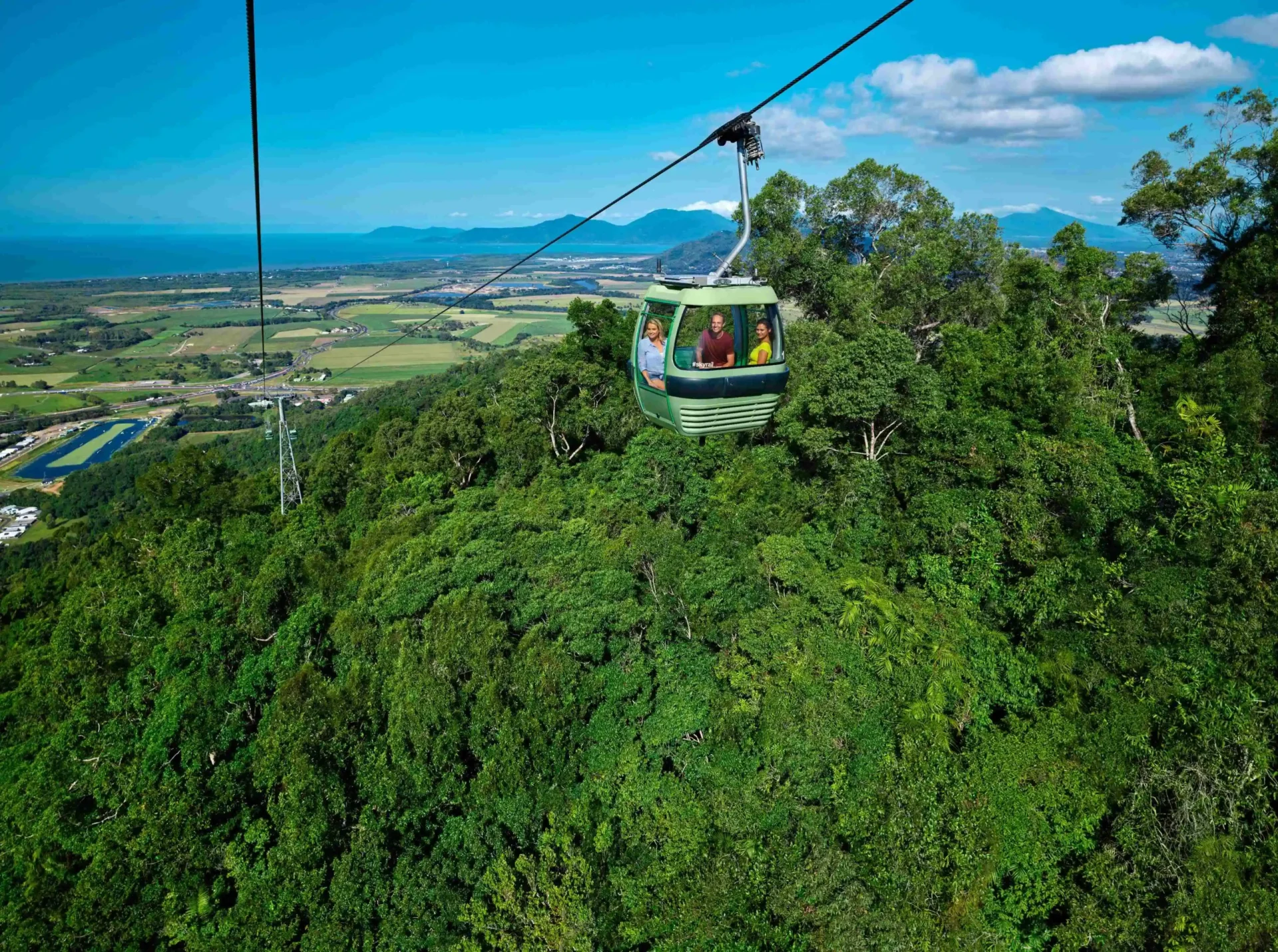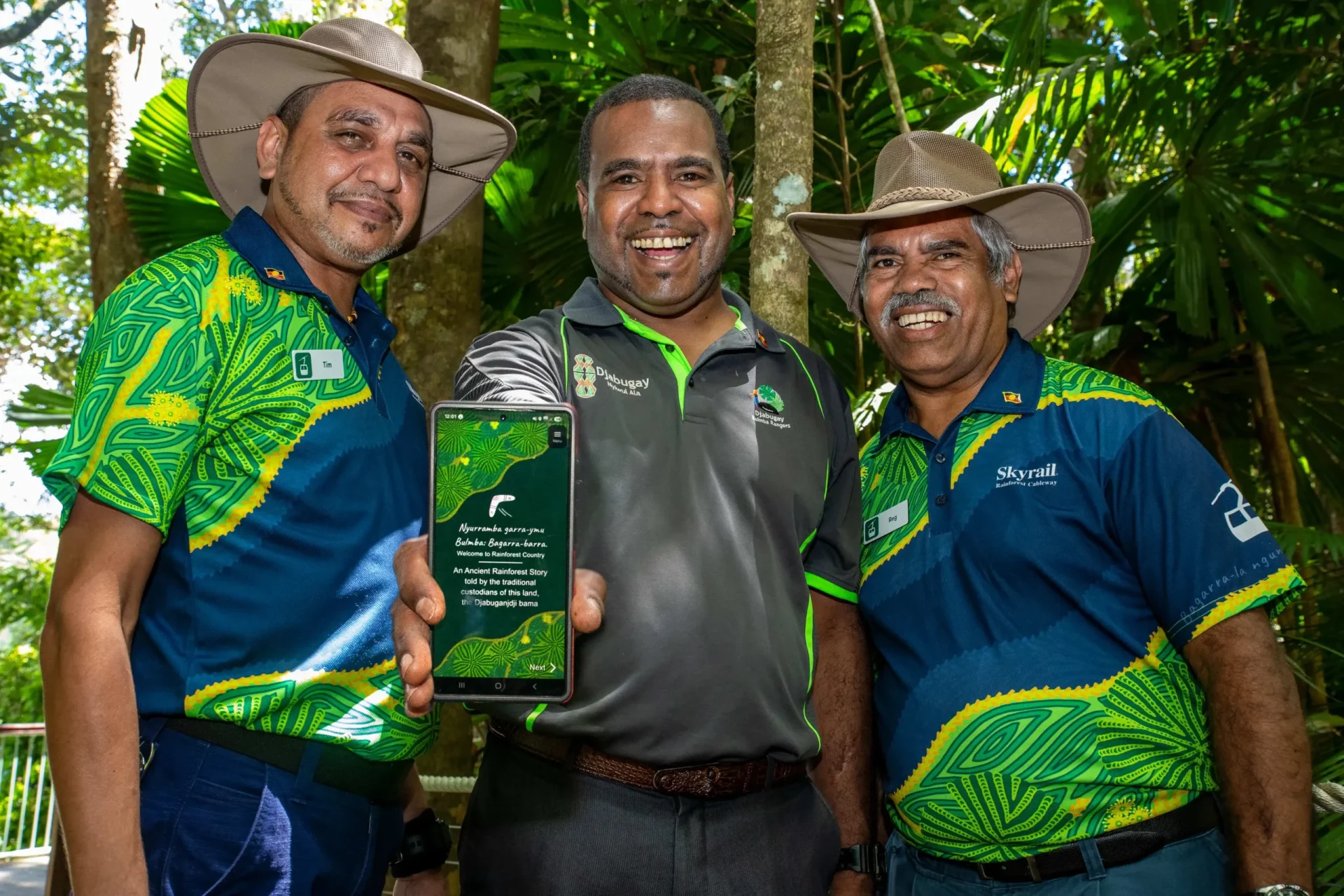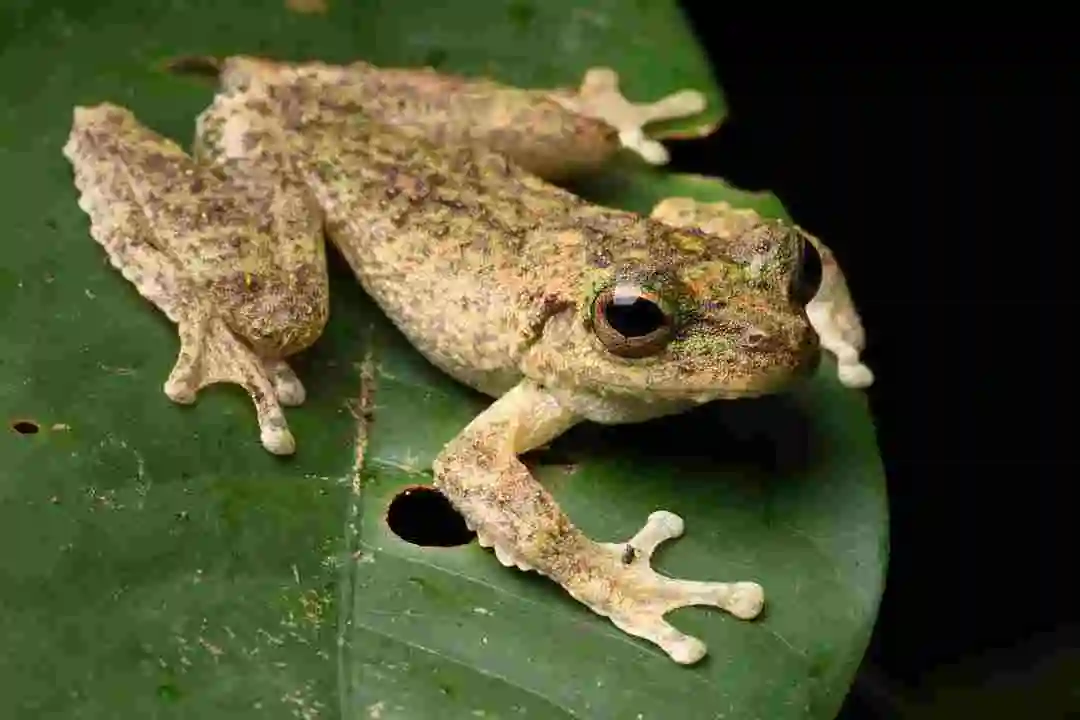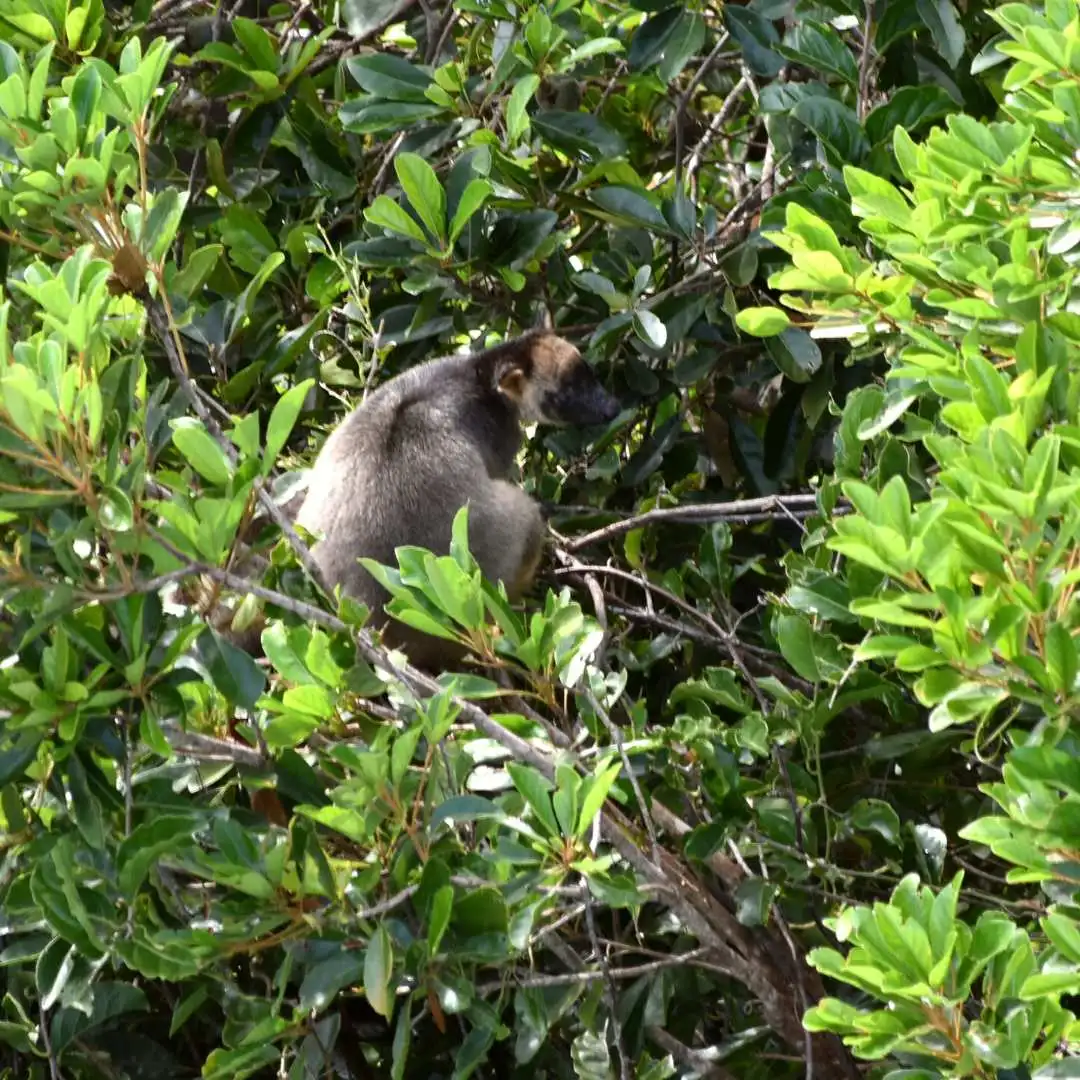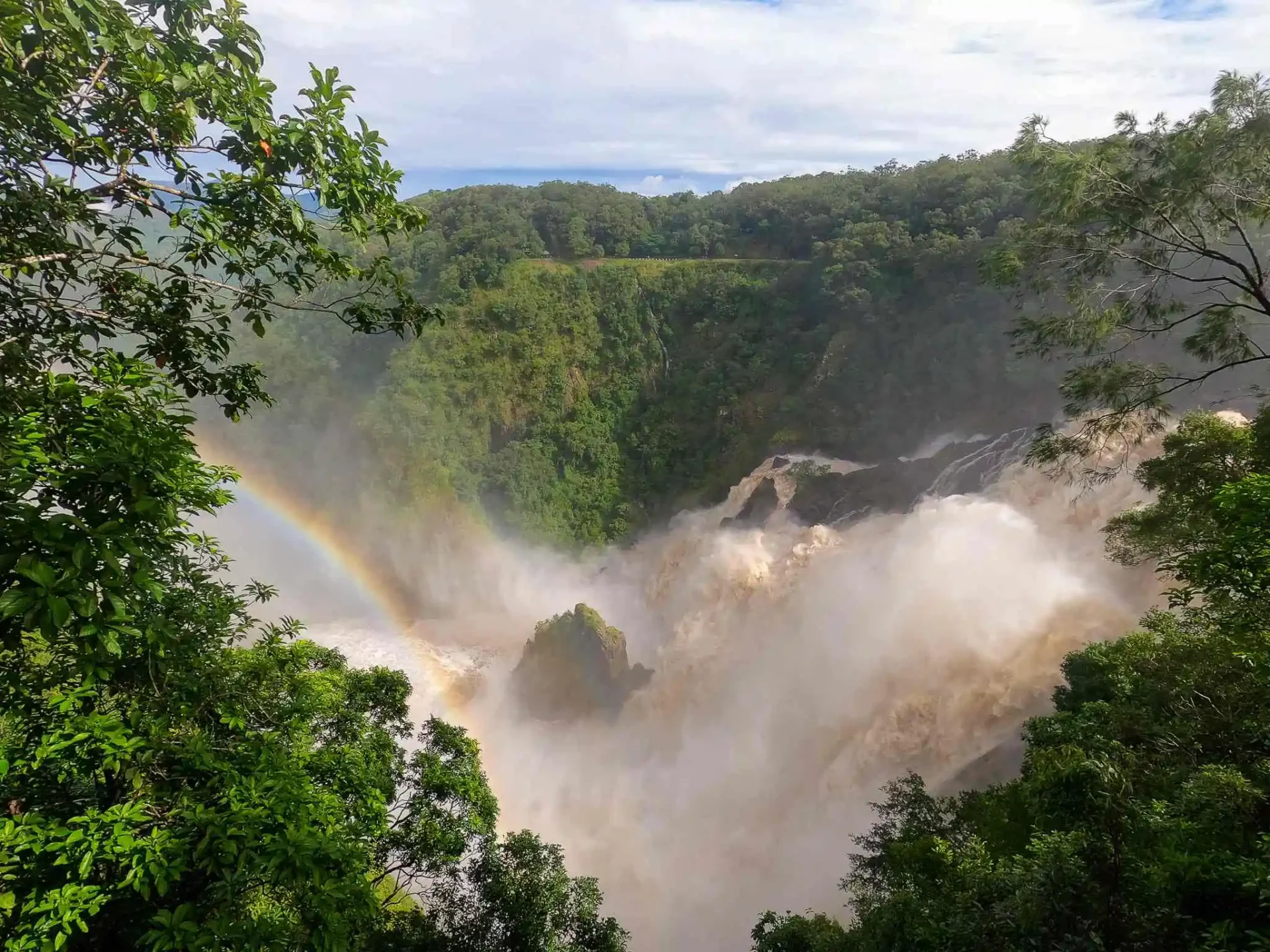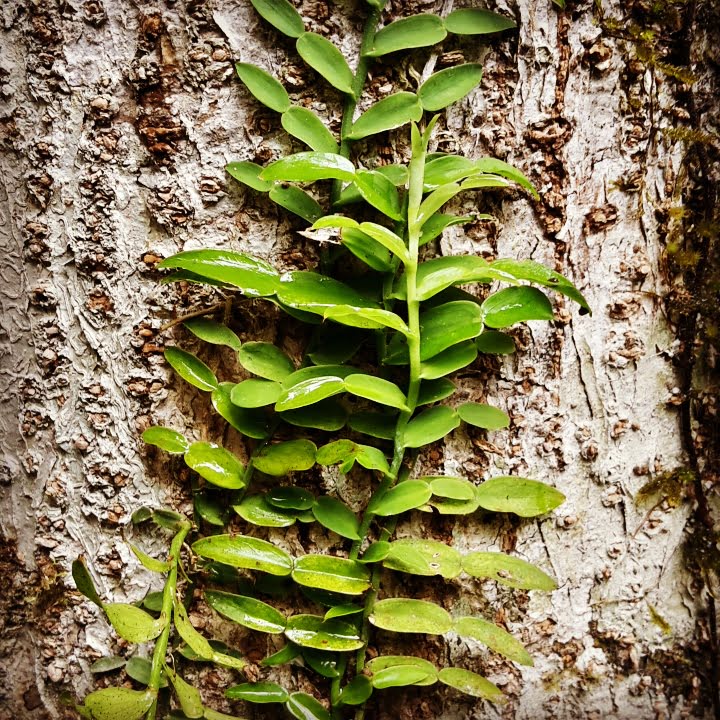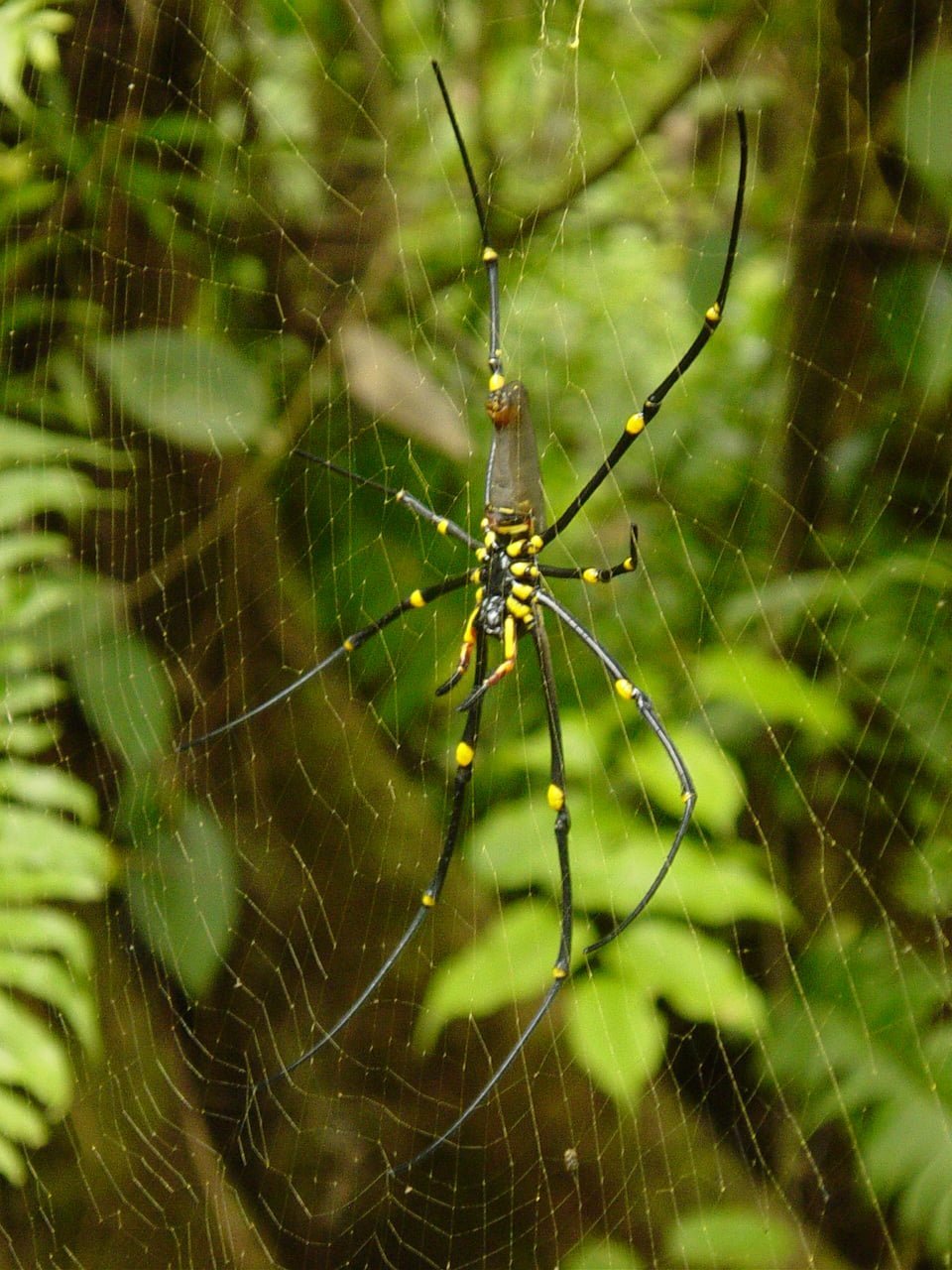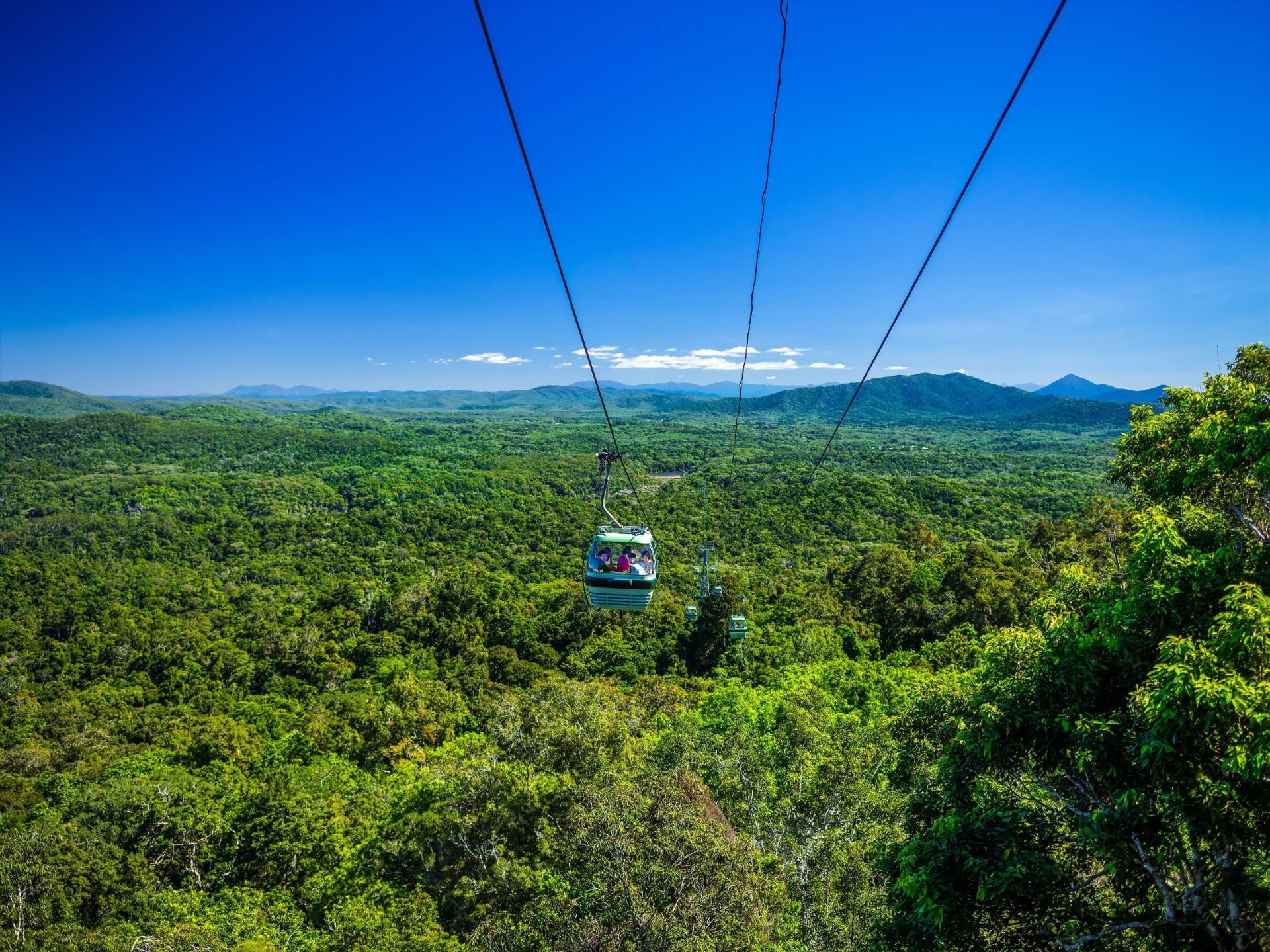Rainforet Fungi
A Scientific explanation of Rainforest Fungi in Barron Gorge
Fungi are often referred to as plants, but did you know they aren’t plants at all? Fungi and rainforest fungi make up their own kingdom which is quite different to both plants and animals. Apart from some of the more primitive water fungi, all fungi consist of large masses of constantly growing threads known as ‘hyphae’. When hyphae make up a large mass, they are referred to as a mycelium. Each hypha has a cell wall made up of chitin. This is similar to the covering of a lot of animals. Their genes are organised in numerous unusual tiny nuclei. These nuclei are quite different to those of both plants and animals and are always haploid (no pairs of chromosomes). The hyphae of primitive fungi have no separating walls between their nuclei making their genetics quite interesting.
More advanced fungi have septa that separate portions of the hypha. These septa have a small hole in the middle that allows movement between these sections. Each section generally has exactly two nuclei. The most advanced of the fungi have a sieve plate on both sides of their septa to restrict movement further between the sections. This allows for better control of the hypha’s metabolism and genetic exchange. All growth is at the tip of the hypha and growth can at times be incredibly fast. If you look at the tips of the hyphae of Neurospora under a microscope, you can actually measure the growth as you watch! Most fungi are saprophytes. This means that they release digestive enzymes into their immediate environment to break down dead plants, including those with wood. They then absorb the released nutrients. Fungi are the only organisms that can break down lignins found in many kinds of timber.
Some fungi are parasites, particularly on plants, and cost farmers billions of dollars in lost production every year. Rust and smut are particularly nasty on leaves while Phytophthora attack roots, causing root rot and die-back. A significant number of fungi are symbiotic on tree roots. This association is known as mycorrhiza (fungus-root). The fungus collects minerals for the tree while the tree repays the fungus with sugars. Lichens are a special kind of symbiosis between a fungus and an alga.

Mushrooms (Club Fungi) are what most people think of as fungi. 90% of the fungus is underground. Unlike the Sac Fungi mentioned above, Club Fungi produce tiny stalks on the underside of the mushrooms with four spores on the outside known as basidiospores. Many of these fungi are edible. Some, like rust and smut, are important parasites on crops. Jelly Fungi, which look exactly like the name suggests, are the most primitive of these important fungi. The mushroom structure is quite varied with three main types. The least known type are the mushrooms with soft spikes that contain the basidiospores. Then there are the Pore Fungi with pores containing the spores. There are also the Rib Fungi containing the best known fungi of all which have a ring of ribs containing the spores.

Lichens are the most unusual of the fungi. They are a symbiosis between a Sac Fungus, that provides structure, and one or several algae, that provide photosynthesis. Structurally, there are three main types of lichens. The most common are the ones that look like stains (crustose). On rocky shores, the black bands you often see are lichens. Flakey crusts are the next type most people see (foliose).
The least common structure is the bush (fruticose). Other structural types occasionally occur, including gelatinous. Lichen often grows in places most other life forms are unable to grow in, like deserts and Antarctica. The price they pay for this is excruciatingly slow growth rates. Lichens are very sensitive to air pollution as well, and are often used as a kind of gauge on how bad air pollution is in a particular area. Interestingly, the partners in the lichen symbiosis can often live separately but prefer to live together.Their incredible tolerance for bad conditions seems to have something to do with the symbiosis.
The algae tend to live in a layer on the top of the lichen. Occasionally, tiny sausage shaped structures known as cephalodia grow on top of the lichen and these structures contain cyanobacteria that can fix nitrogen from the air in areas where there is little available nitrogen in the ground. Pictured left on the trunk of a Bumpy Satinash.
Australian Rainforest Facts written by Skyrail Ranger Tore Lien Linde


